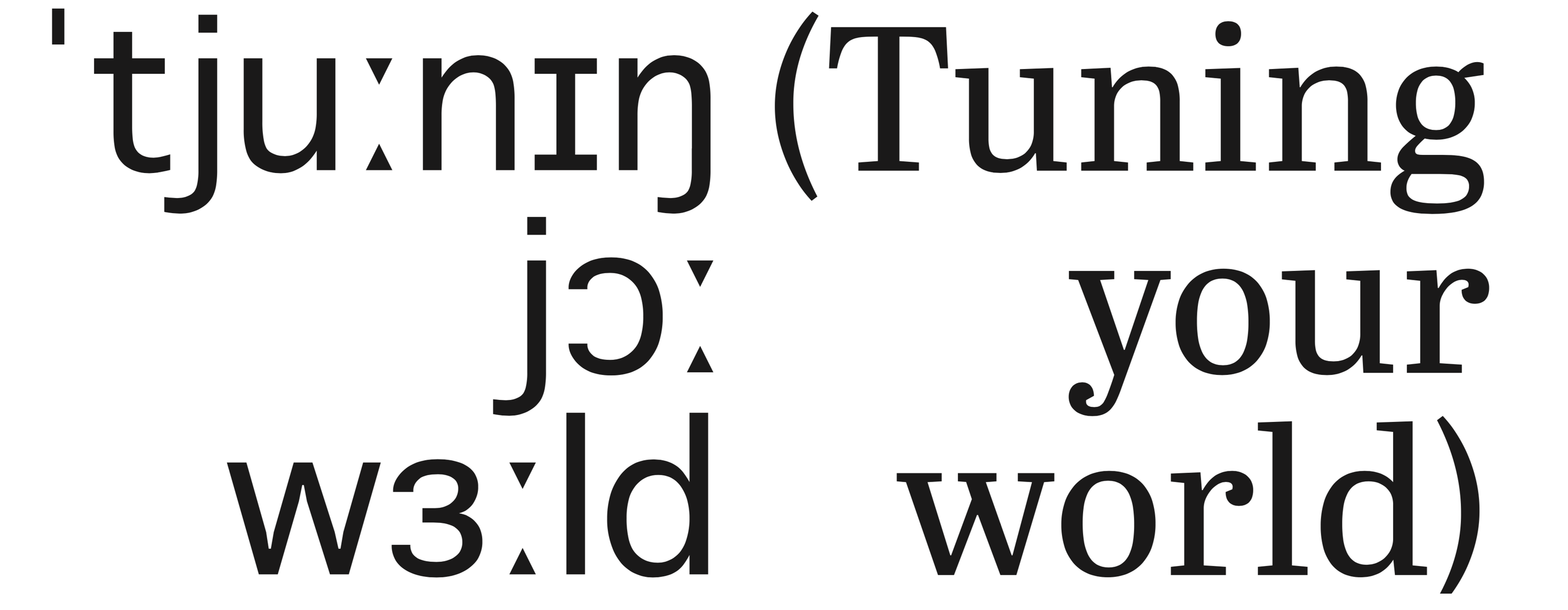Our world is a noisy one – how can we navigate it? Discover more about our soundscape.
Sound Matters
The Soundscape
From noisy city to peaceful countryside, our natural and built environments have been teeming with sound for millennia – but it’s only recently experts have paid much attention to how we actually listen to our world – our surrounding soundscape – and just how profoundly it affects us. Discover more below.
By Rob St John
Stop and listen
We live in a world of sound: from birdsong to car alarms, from road noise to the rumble of our stomachs, the bark of a dog to a clap of thunder. Stop for a second and listen, really listen: what do you hear?
In 1977, a Canadian composer called R Murray Schafer published Our Sonic Environment And The Soundscape: The Tuning Of The World, introducing his concept of the soundscape: the acoustic structure of an environment – whether urban or rural; man-made or wild – and all its audible elements. For Schafer, the soundscape allowed us to actively hear the character, complexity and the changes of the world around us through sound.
The combination of sounds made by humans, animals and the prevailing weather, amplified and modified by the acoustic properties of the wider landscape, result in a particular acoustic signature, or soundscape. Schafer’s interest in the soundscape could be seen as the product of a “technological moment” in the mid-1970s: urban development was causing unprecedented change to land and soundscapes, while at the same time advances in recording technology allowed for these changes to be documented in the field and closely analysed, as Schafer did with the World Soundscape Project at Simon Fraser University in Canada.
Acoustic Ecology
Schafer proposed that acoustic ecology – the study of the relationships between sound and society – had the radical potential to bring people (“anyone with good ears”) together to design and improve the orchestration of soundscapes. Schafer posed two questions – “how should the soundscapes around us sound?” and “what can we do to improve them?” – framing noise pollution as an environmental issue which could be addressed like water pollution. Schafer proposed that urban planning should encompass elements of acoustic design to make city soundscapes more harmonious.
Clean your ears
In order to tune into soundscapes, Schafer proposed two exercises: ear cleaning and the soundwalk. Ear cleaning is also known as “active listening”, where the listener remains silent and focuses in on the sound around them: those which may be taken for granted, for example. If ear cleaning encourages attentiveness to your soundscape, then soundwalks take it for a wander, prompting the listener to explore the changing soundscapes of an area through walking and listening.
Stream, subscribe and otherwise consume Bang & Olufsen's award-winning series of podcasts looking at – and listening to – the sounds of the world around us.
Subscribe to Sound Matters on Soundcloud or iTunes.
Archaeoacoustics
While Schafer is often attributed to have coined the term soundscape, the idea itself has a longer history. In 1969, MIT researcher Michael Southworth used the term while examining how Boston’s urban soundscapes affected the way communities navigated the city. And the influence of the soundscape on our daily lives and creative activities had long been acknowledged: the composer Olivier Messiaen wove notations of birdsong into orchestral compositions, while many Gaelic folk songs are closely linked to the sound of birds, wind and waves. Reaching back further, “archaeoacoustics” research by Rupert Till has shown how prehistoric cave paintings in Spain were made in spaces with specific soundscapes.
Audible ecosystems
When an ecosystem is disturbed by human development – such as the clear-cutting of a forest – its soundscape is similarly altered, as vocalising species are lost or drowned out by machinery noise. For example, in 2006, Dutch ecologists Hans Slabbekoorn and Ardie den Boer-Visser found that birds living in urban areas sing shorter, faster songs compared to their forest-dwelling equivalents, as a means of communicating among the low frequencies of city environments. More recently, the field of ‘soundscape ecology’ has been developed by American ecologist Bryan C. Pijanowski and colleagues, who seek to understand the scientific links between ecosystem health and soundscape character.
Future Explorations
Affordable microphones that allow the recordist to hear the sounds of underwater life, the vibrations of fences, walls and other elements of the built environment, and of sounds beyond human hearing such as bat calls, have extended the boundaries of our soundscapes. Echoing these technological explorations, musicians and artists are increasingly toying with the creative possibilities of the soundscape: the subtle shifts of atmospheres in Burial’s evocations of nocturnal London; or the fluid boundaries between human and non-human sounds in Richard Skelton’s tracings of the northern moors.
This survey outlines a diverse range of soundscapes, as the concept continues to yield rich potential for better understanding the world in which we live. Stop for a second and listen, really listen: what do you hear?




